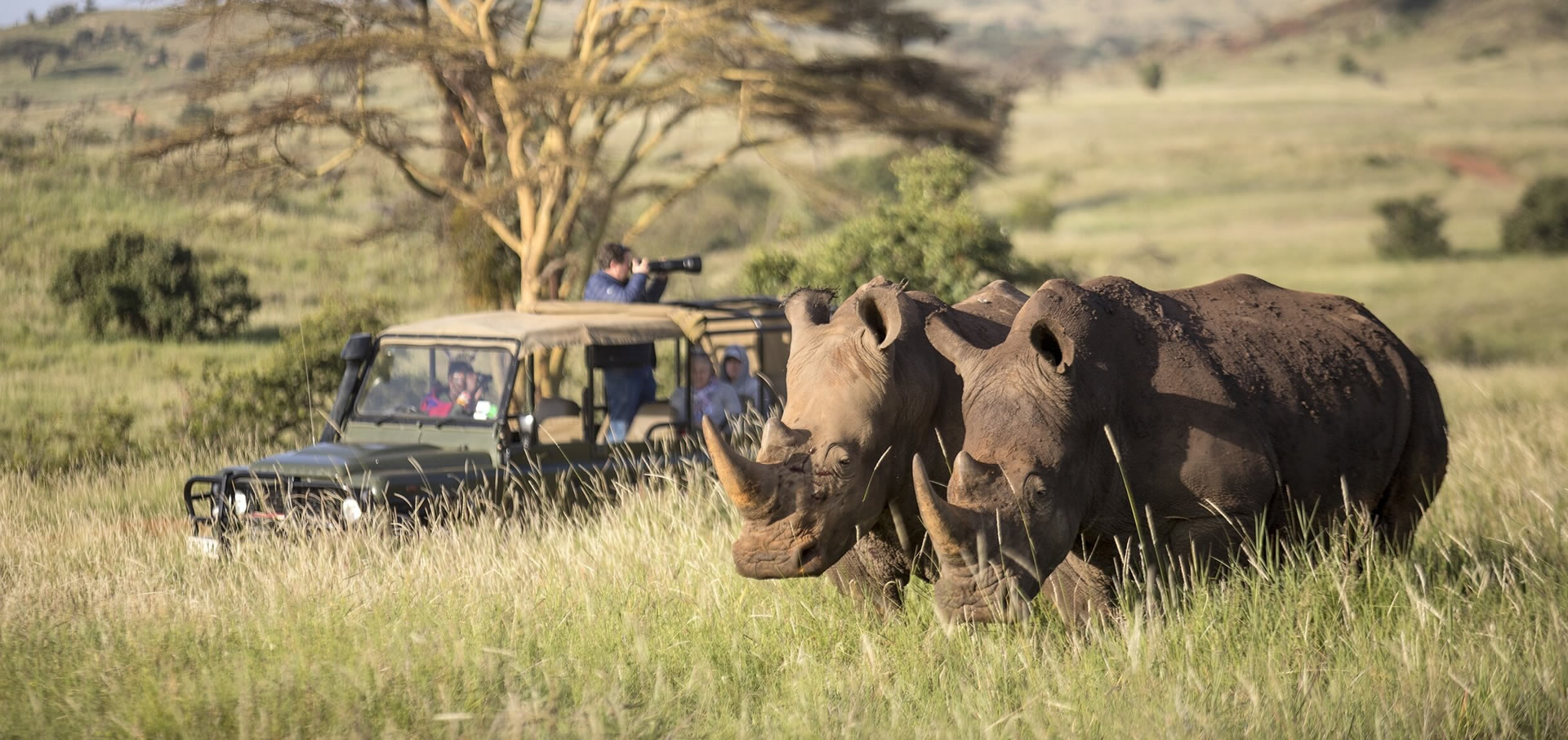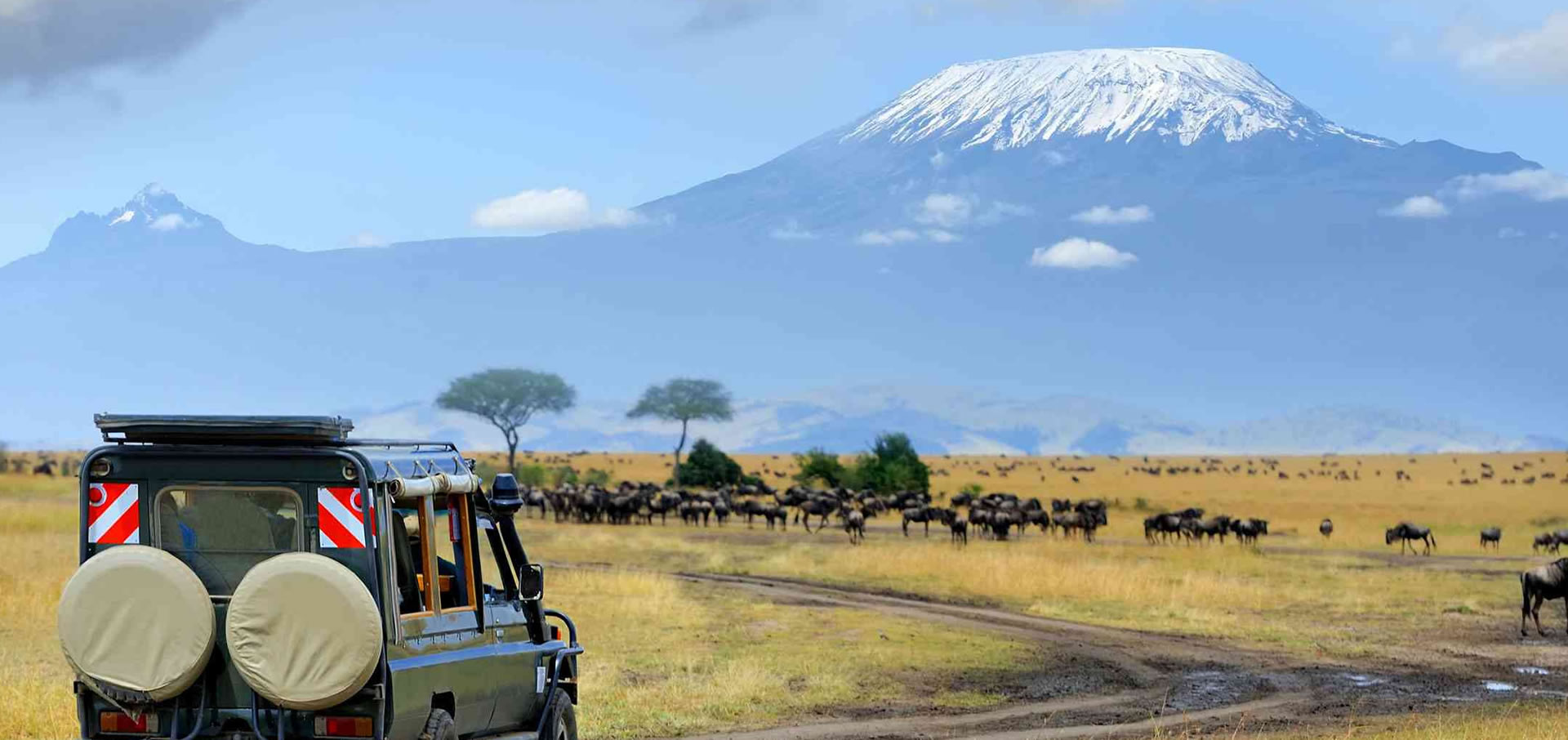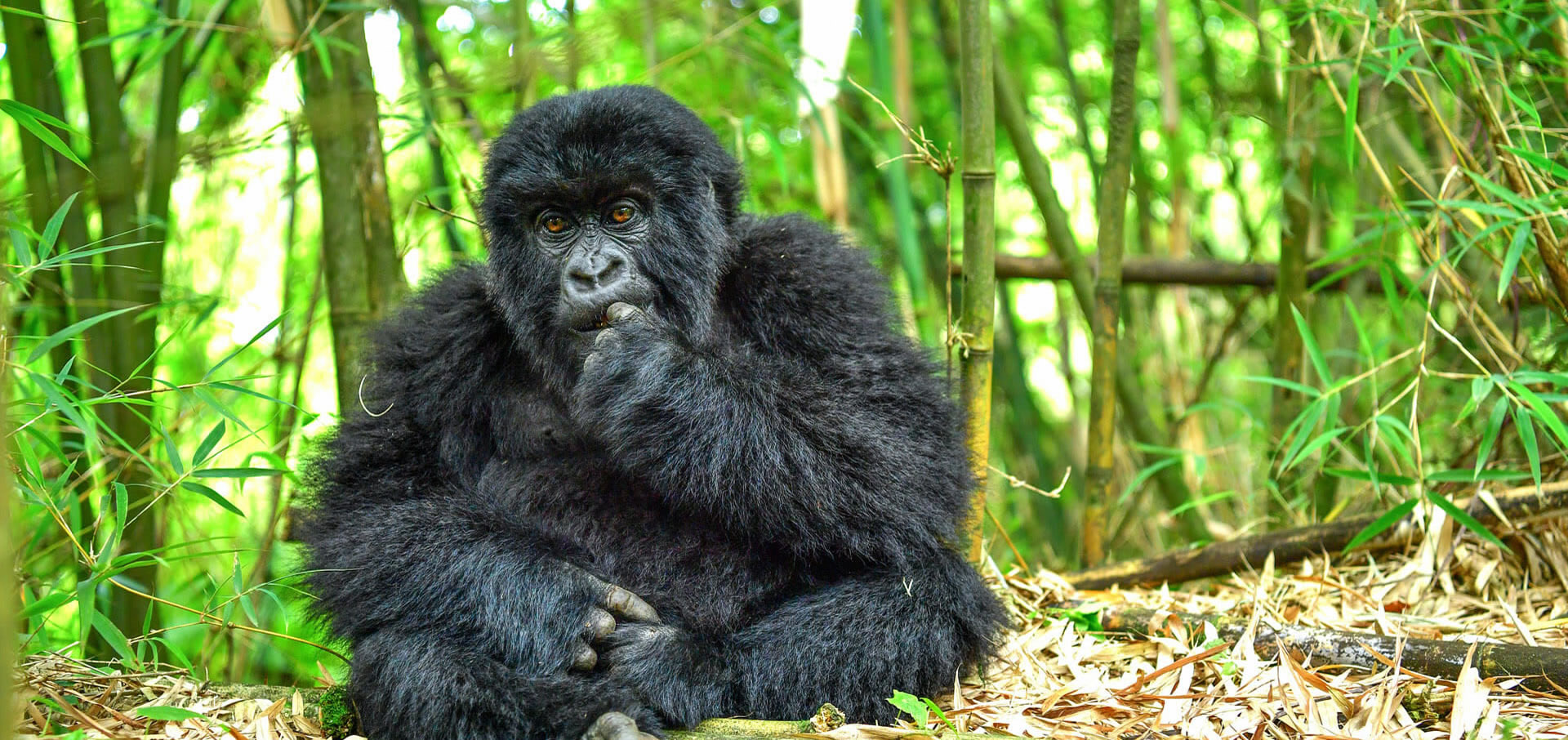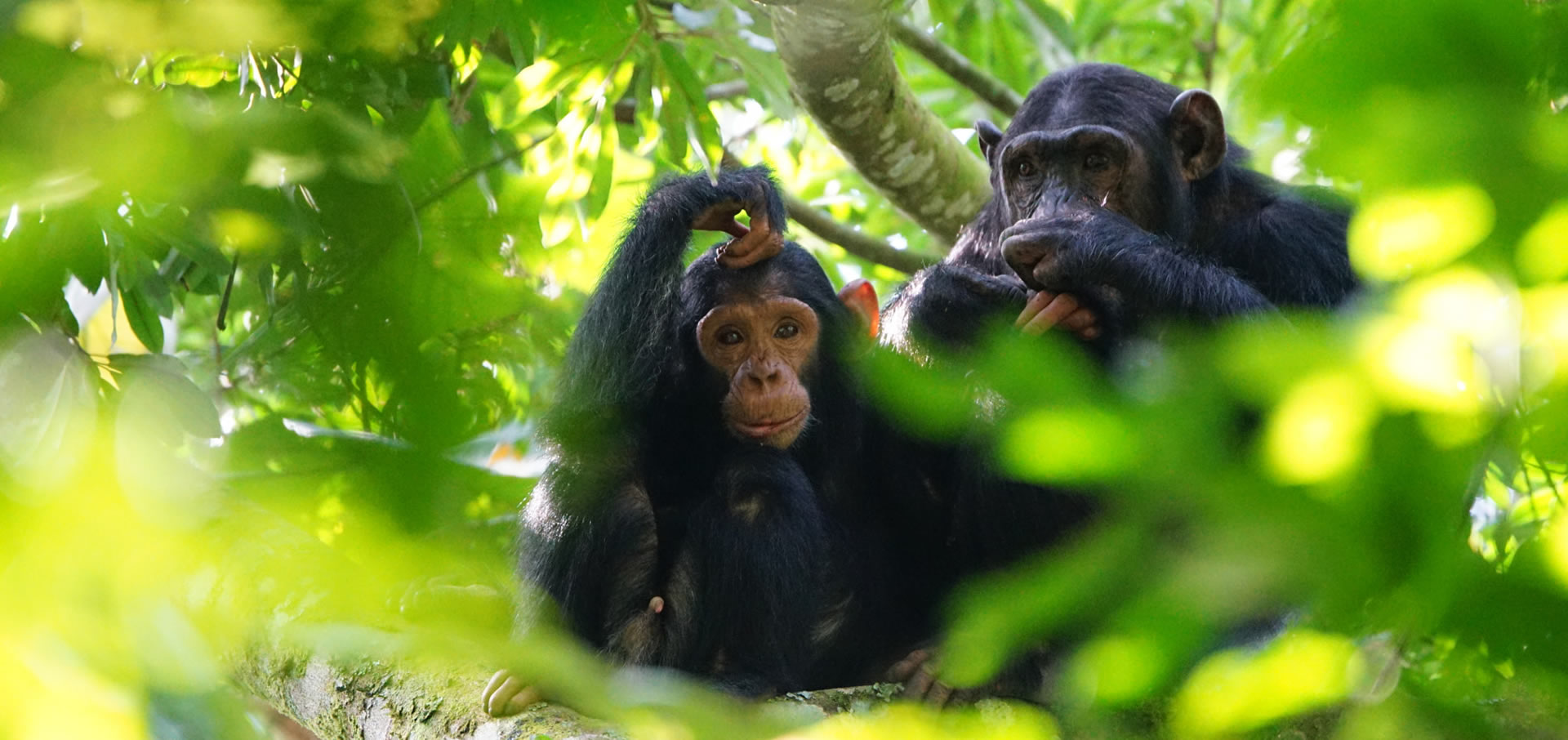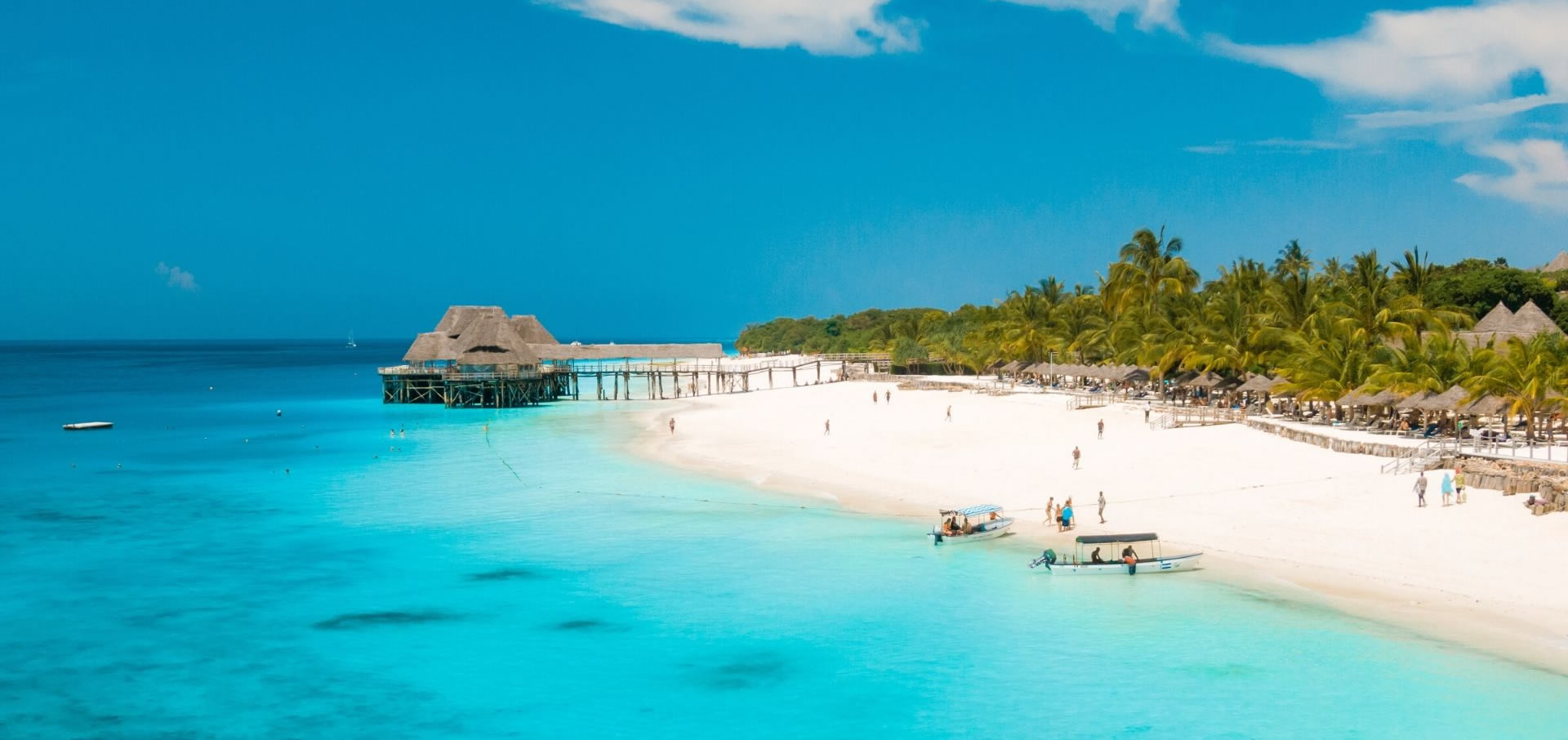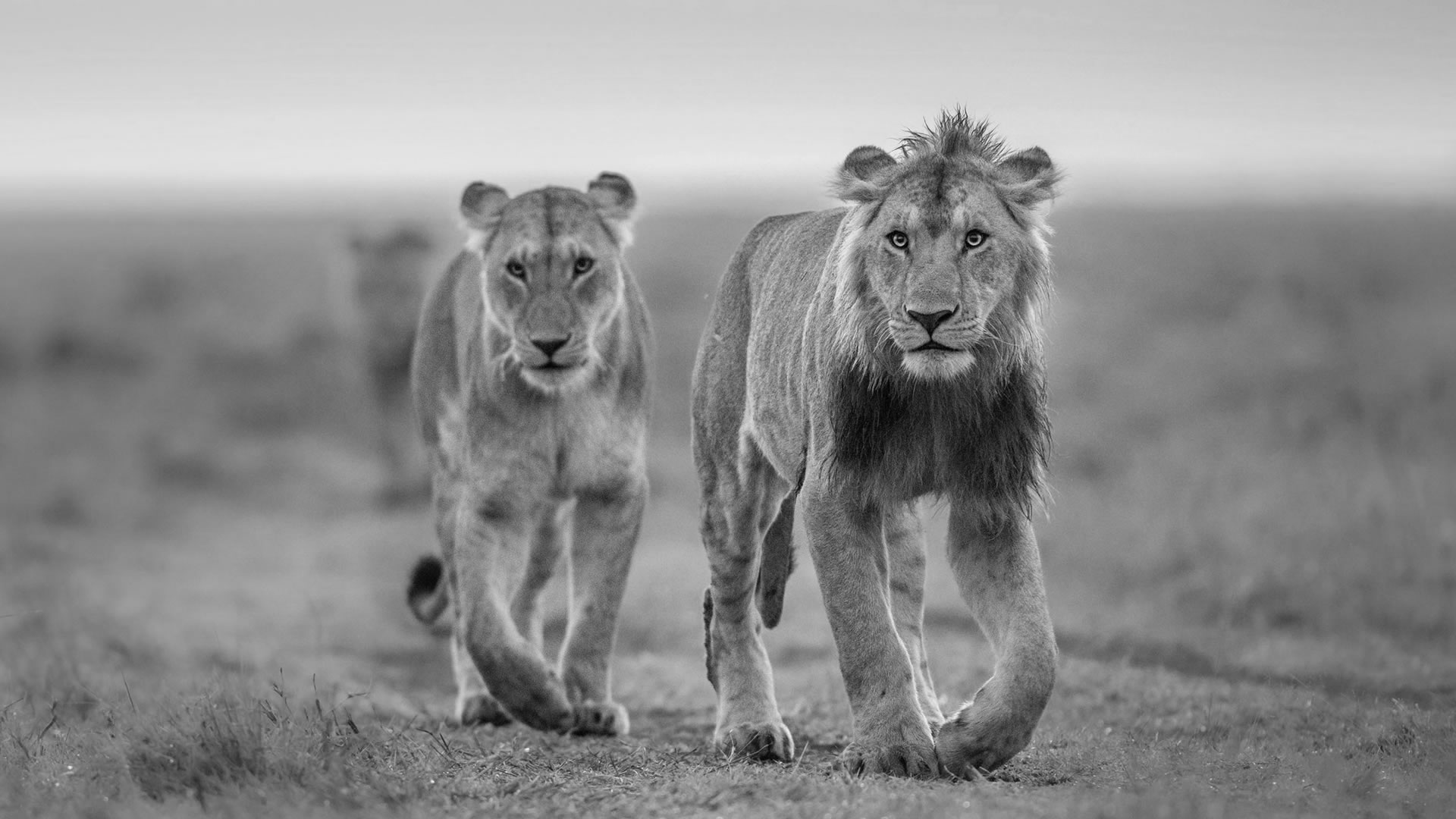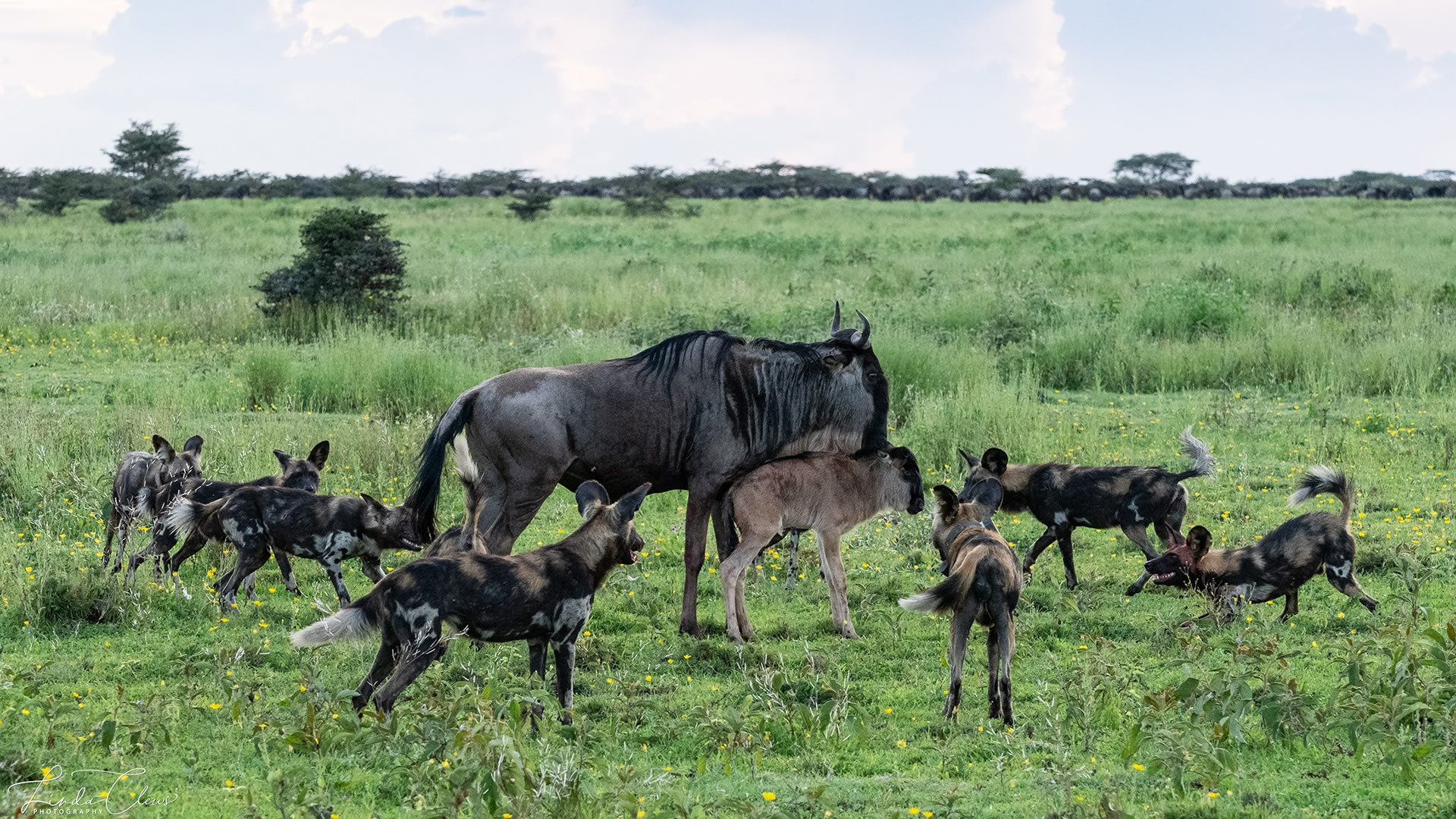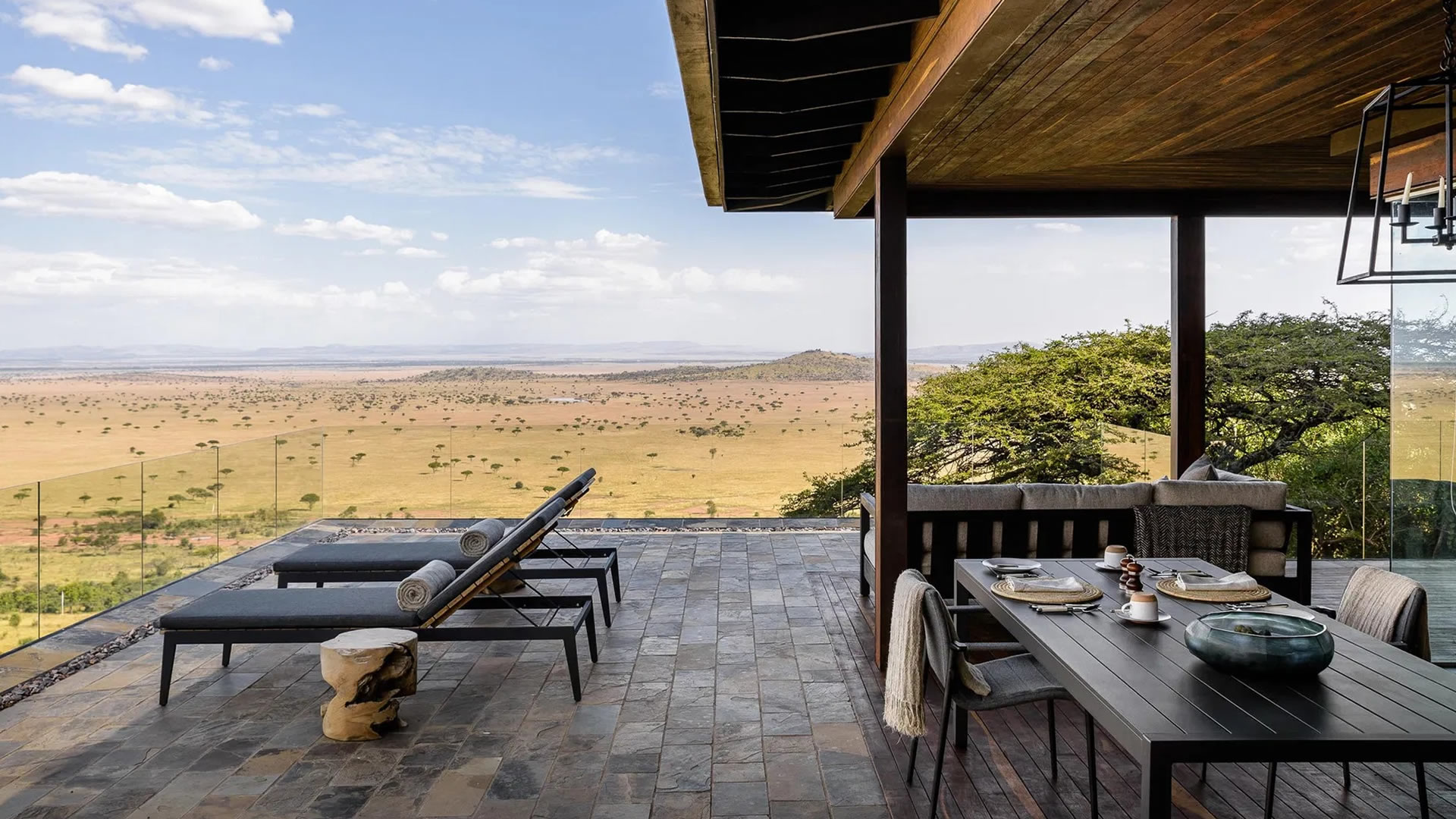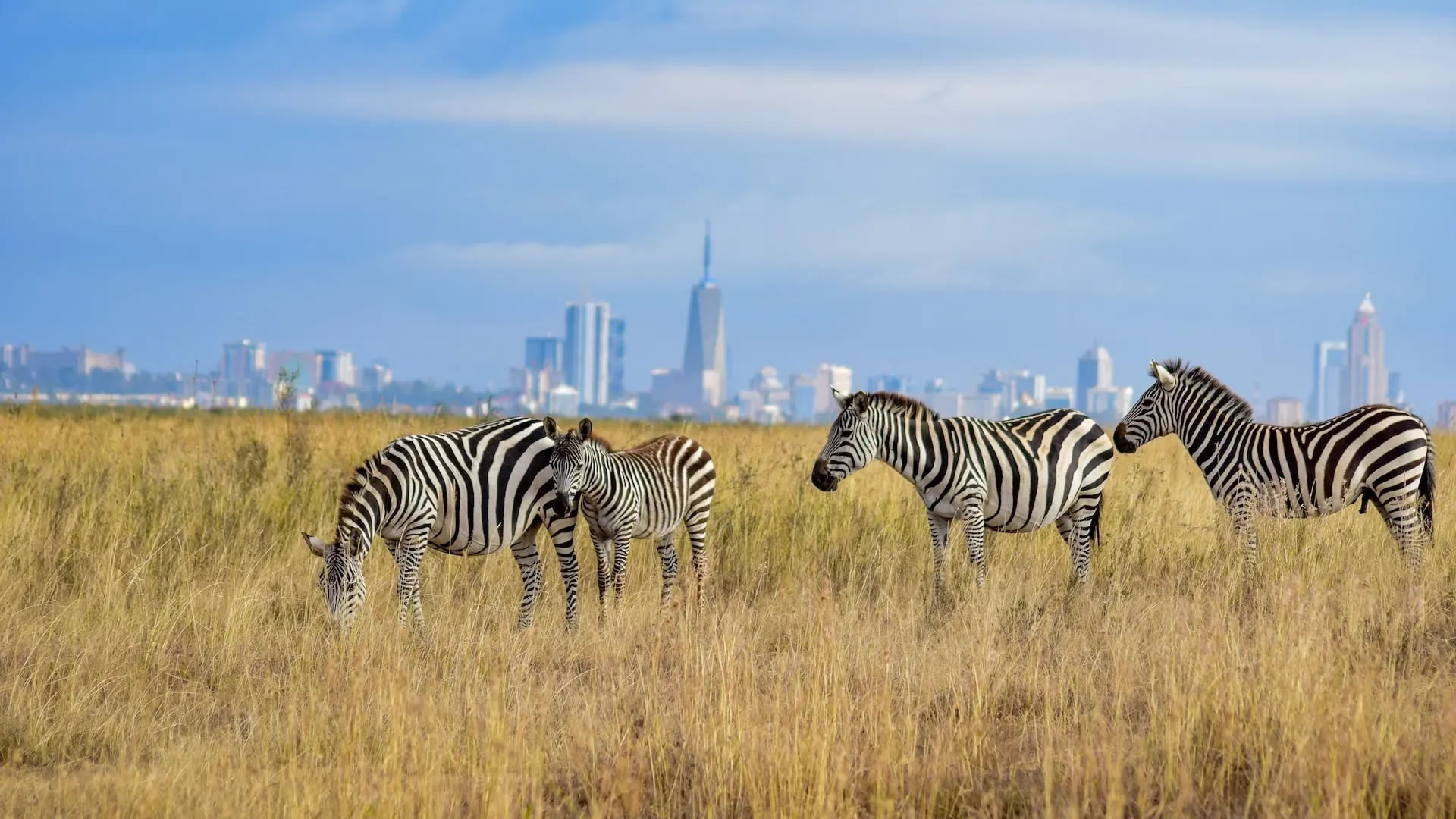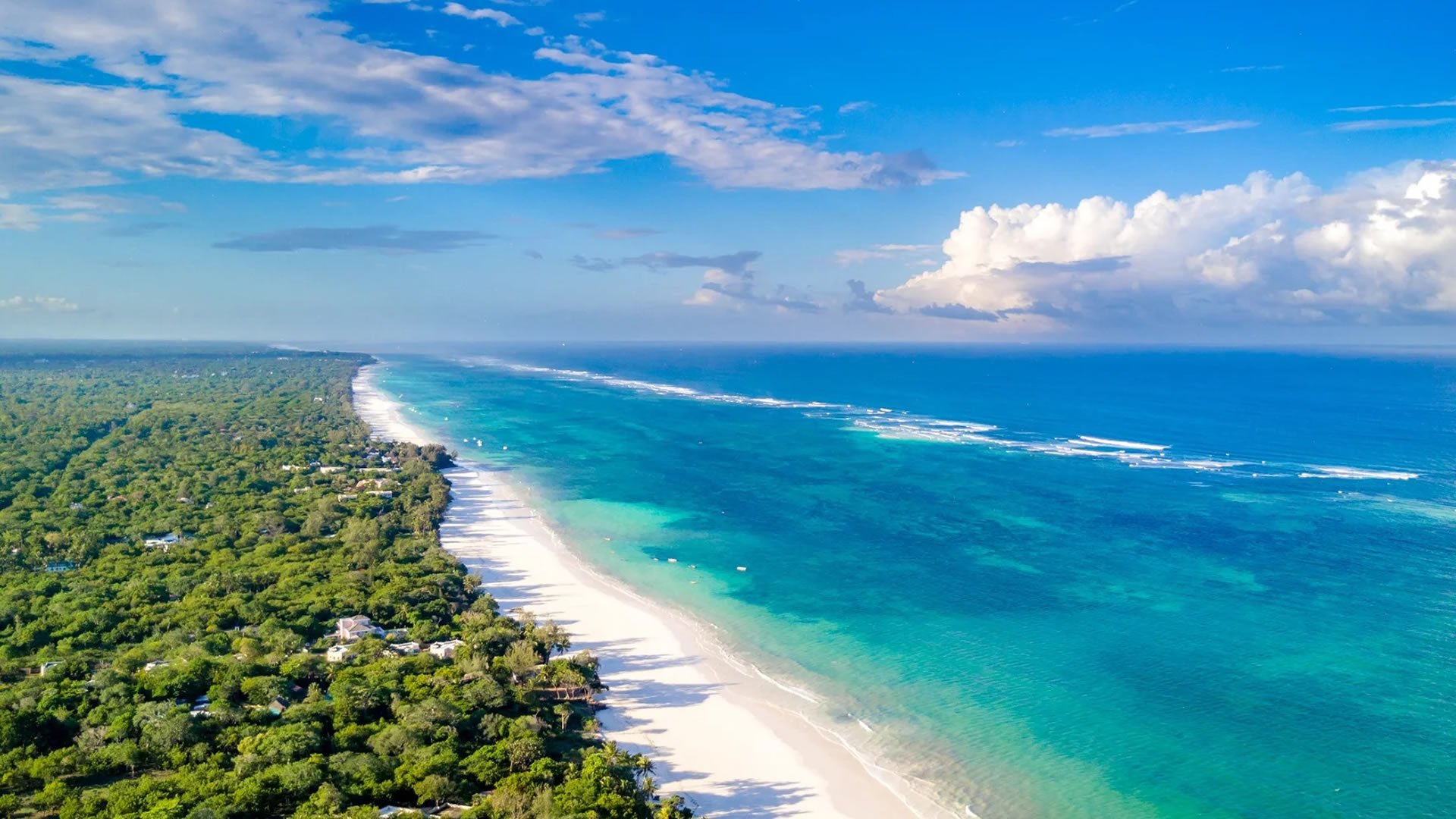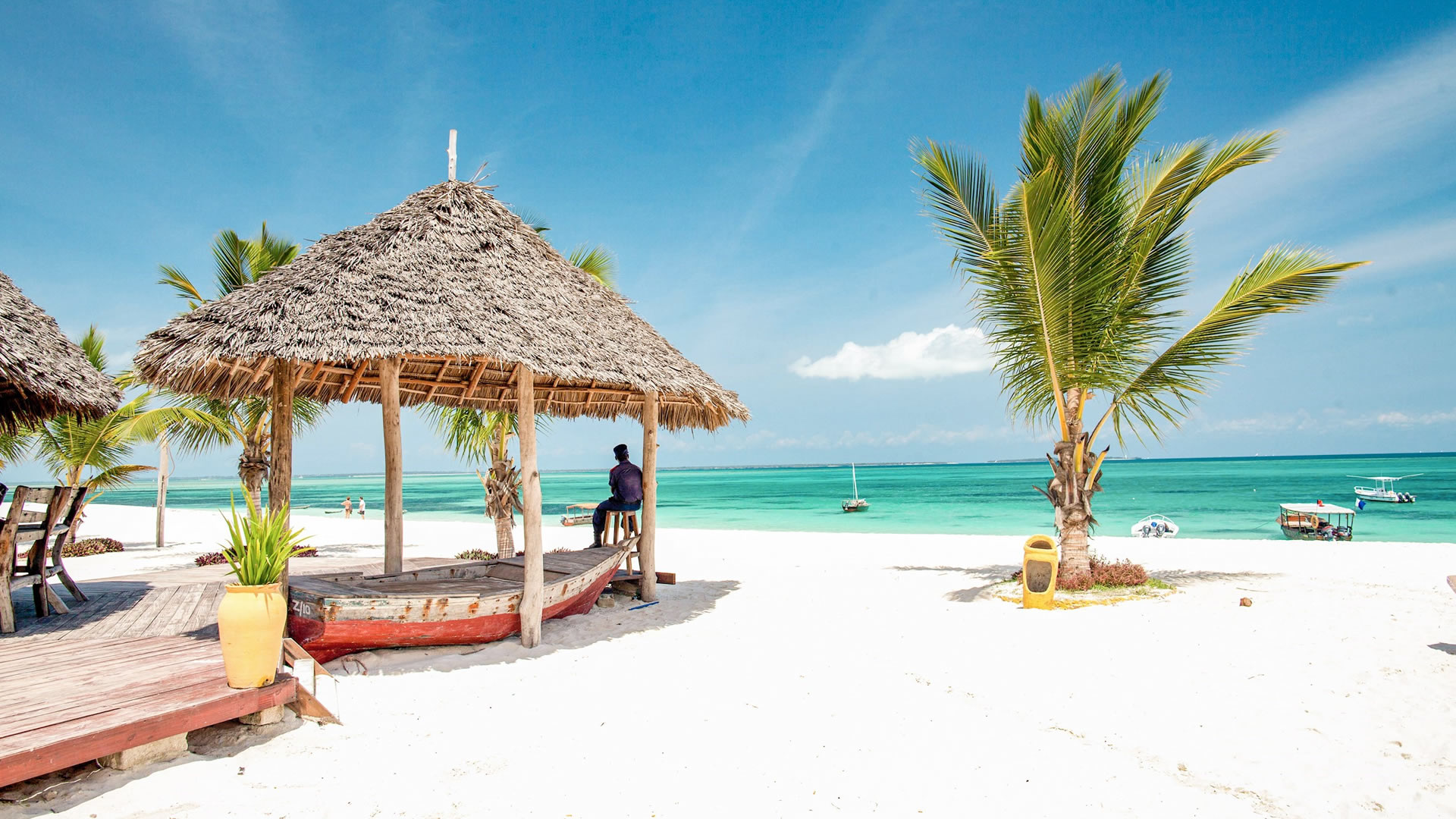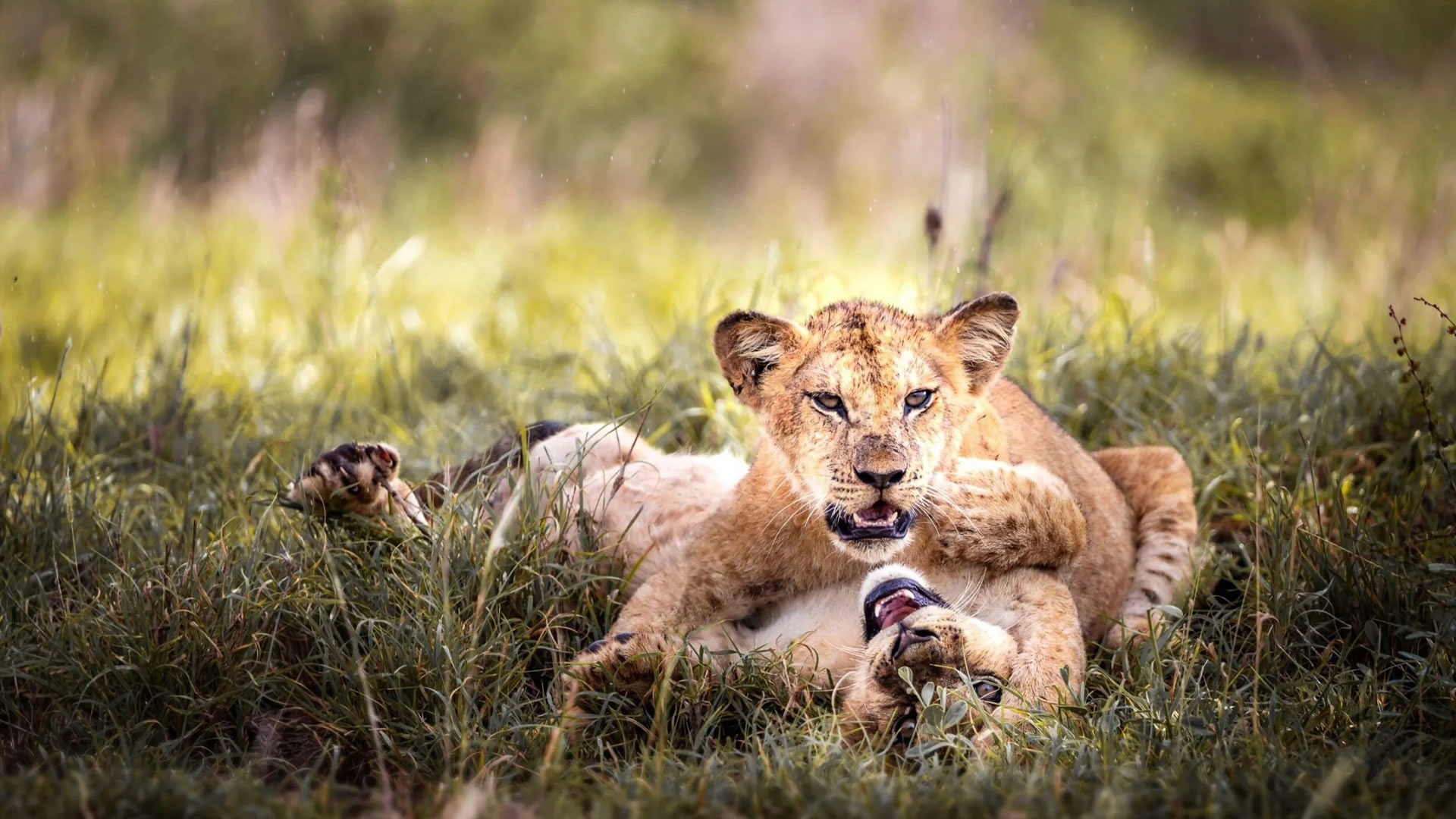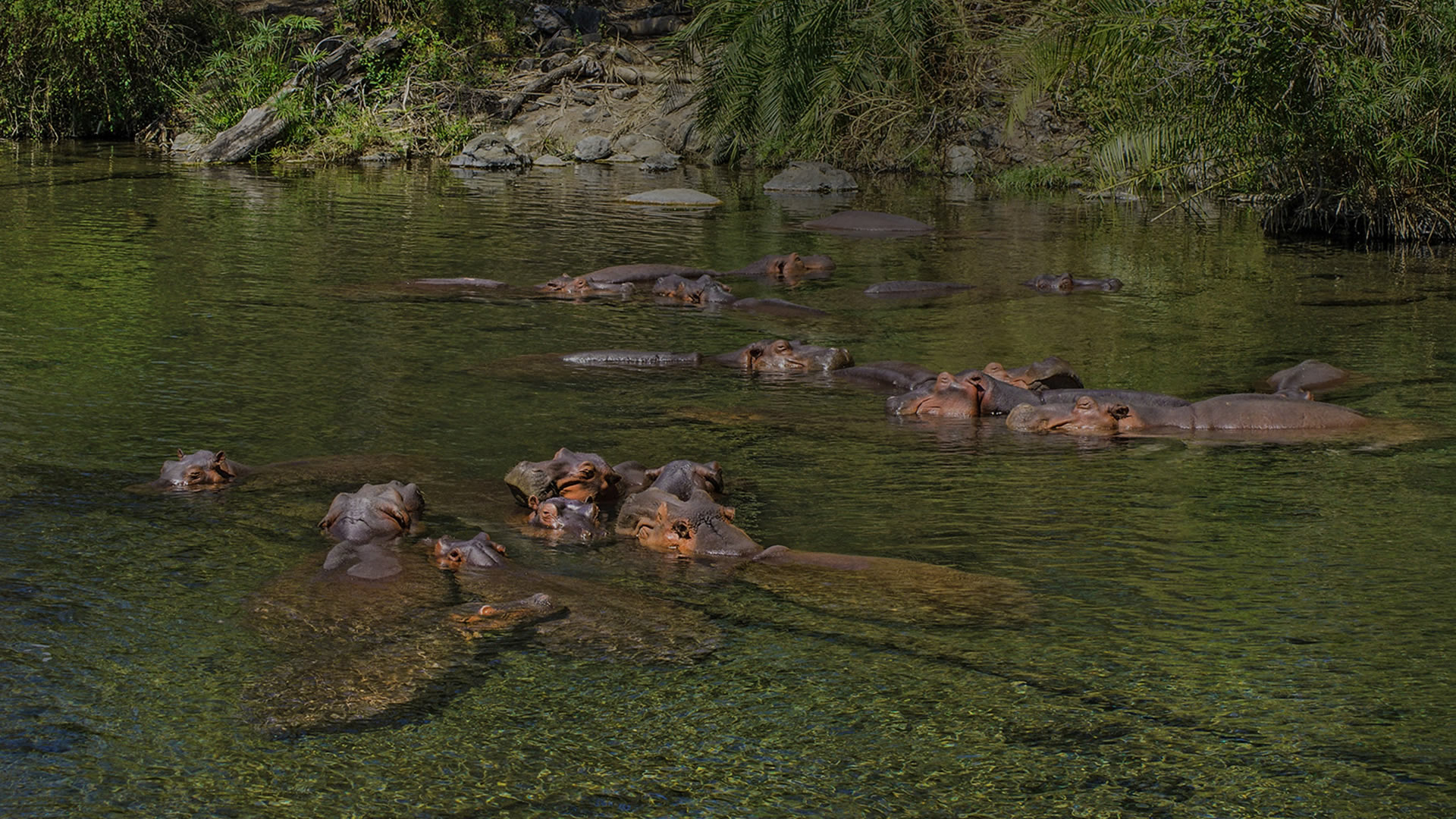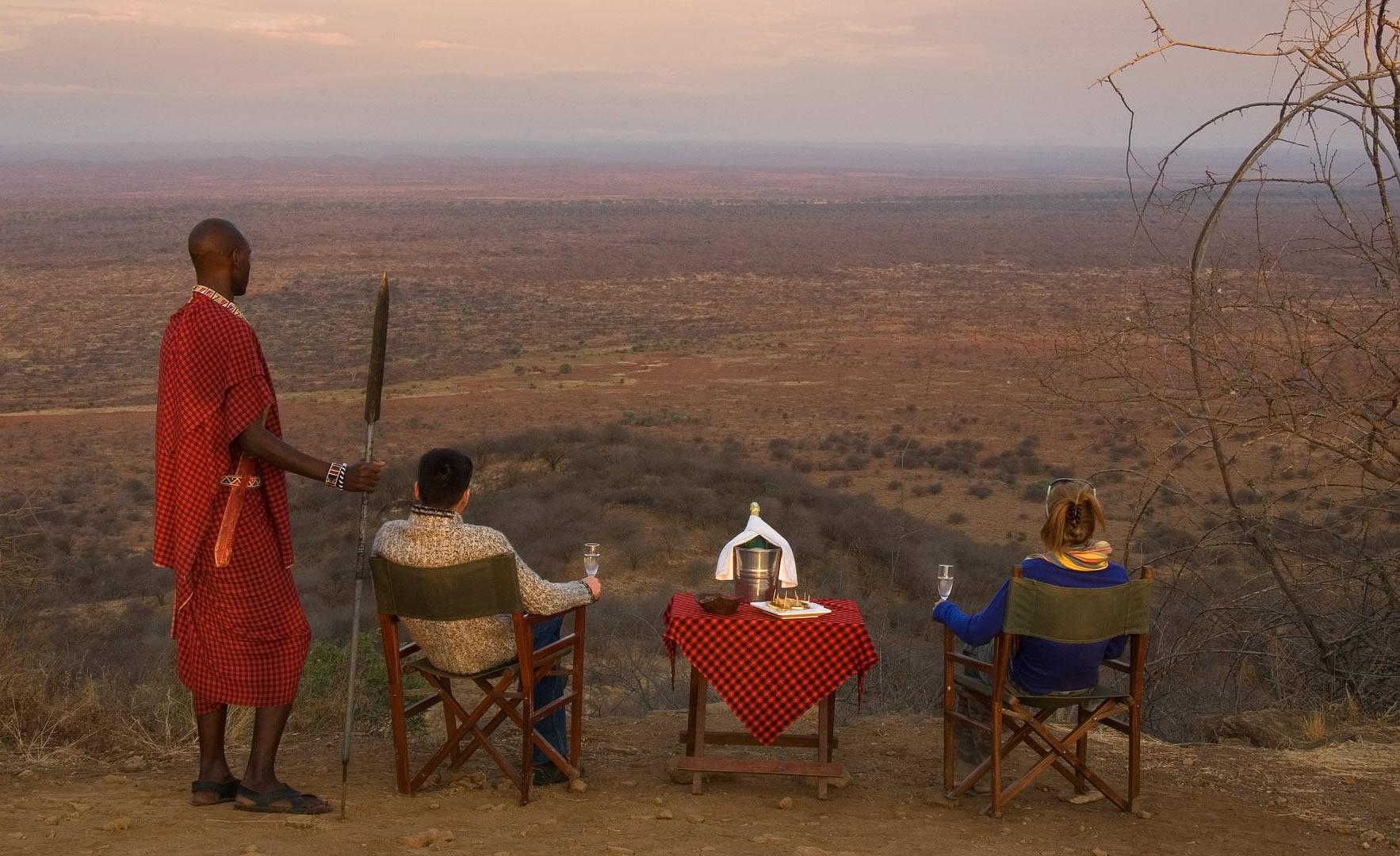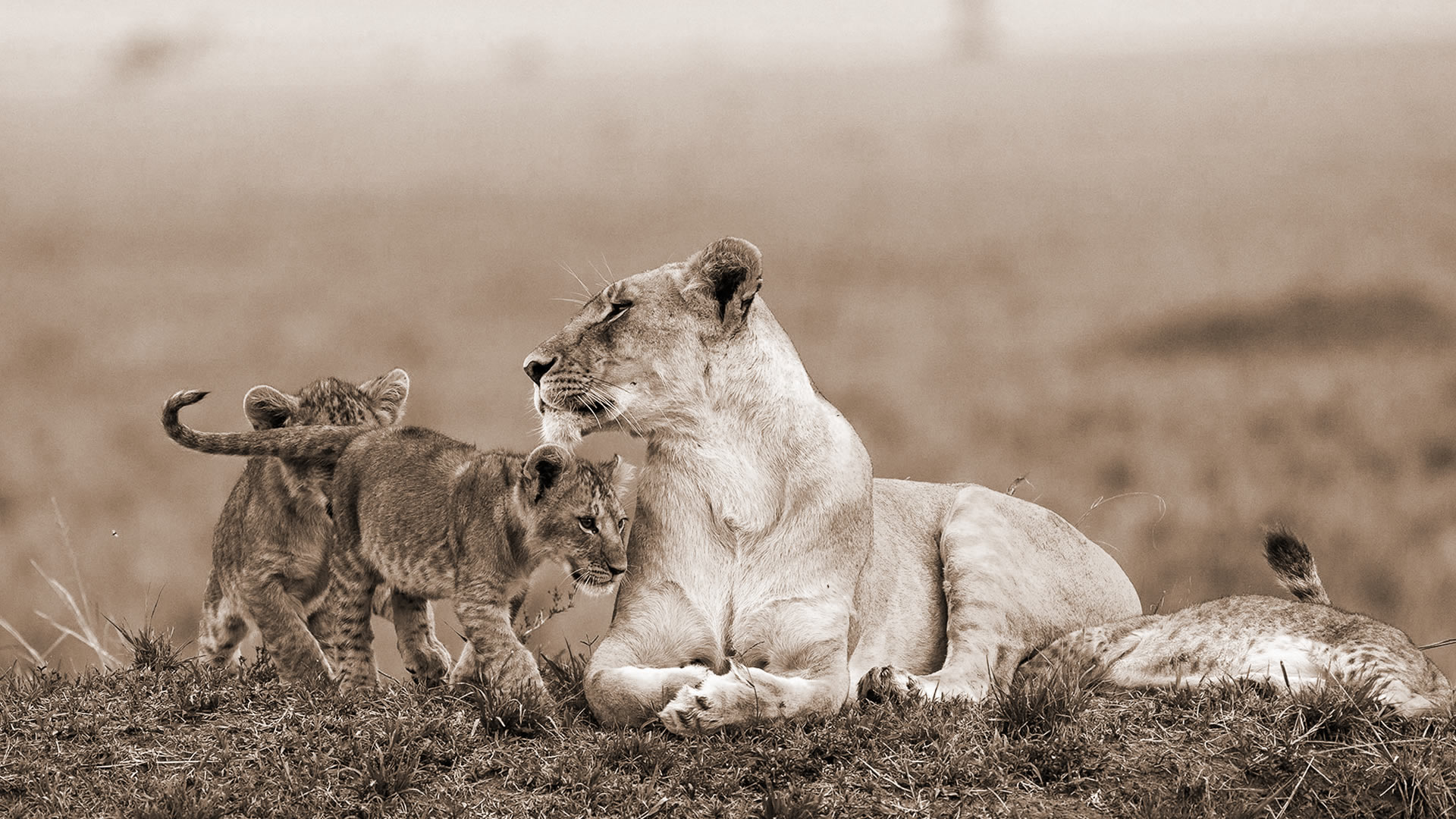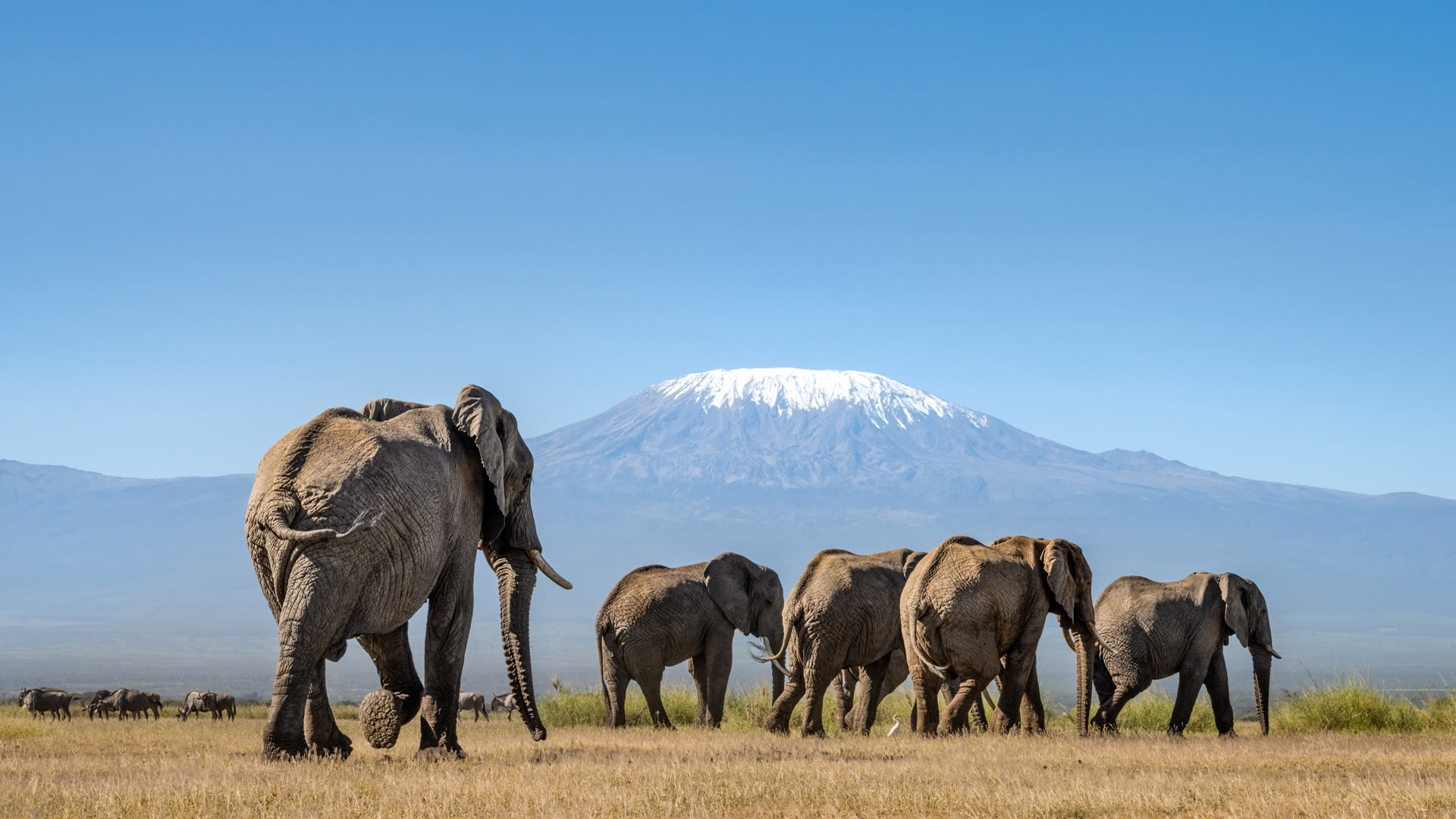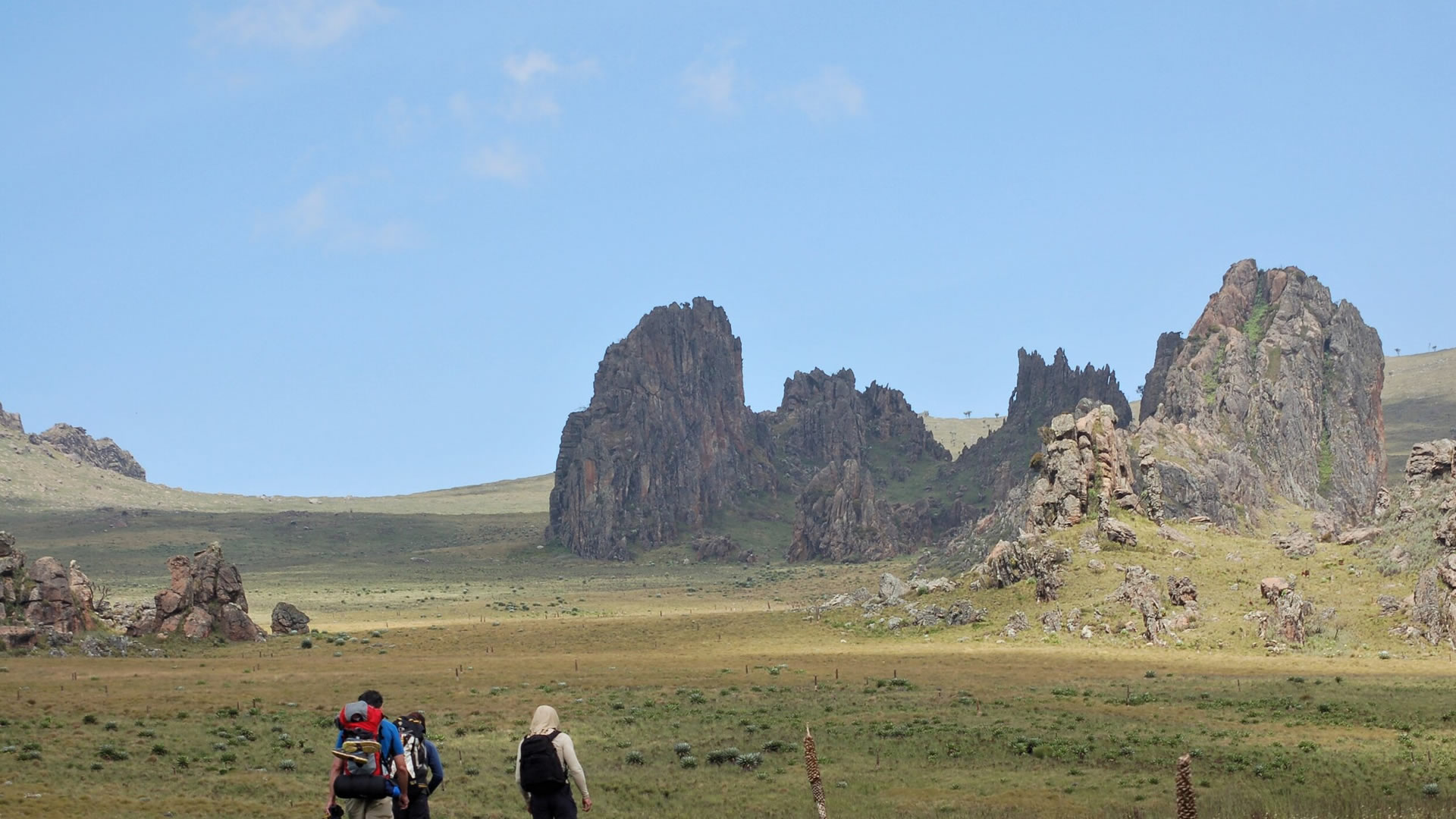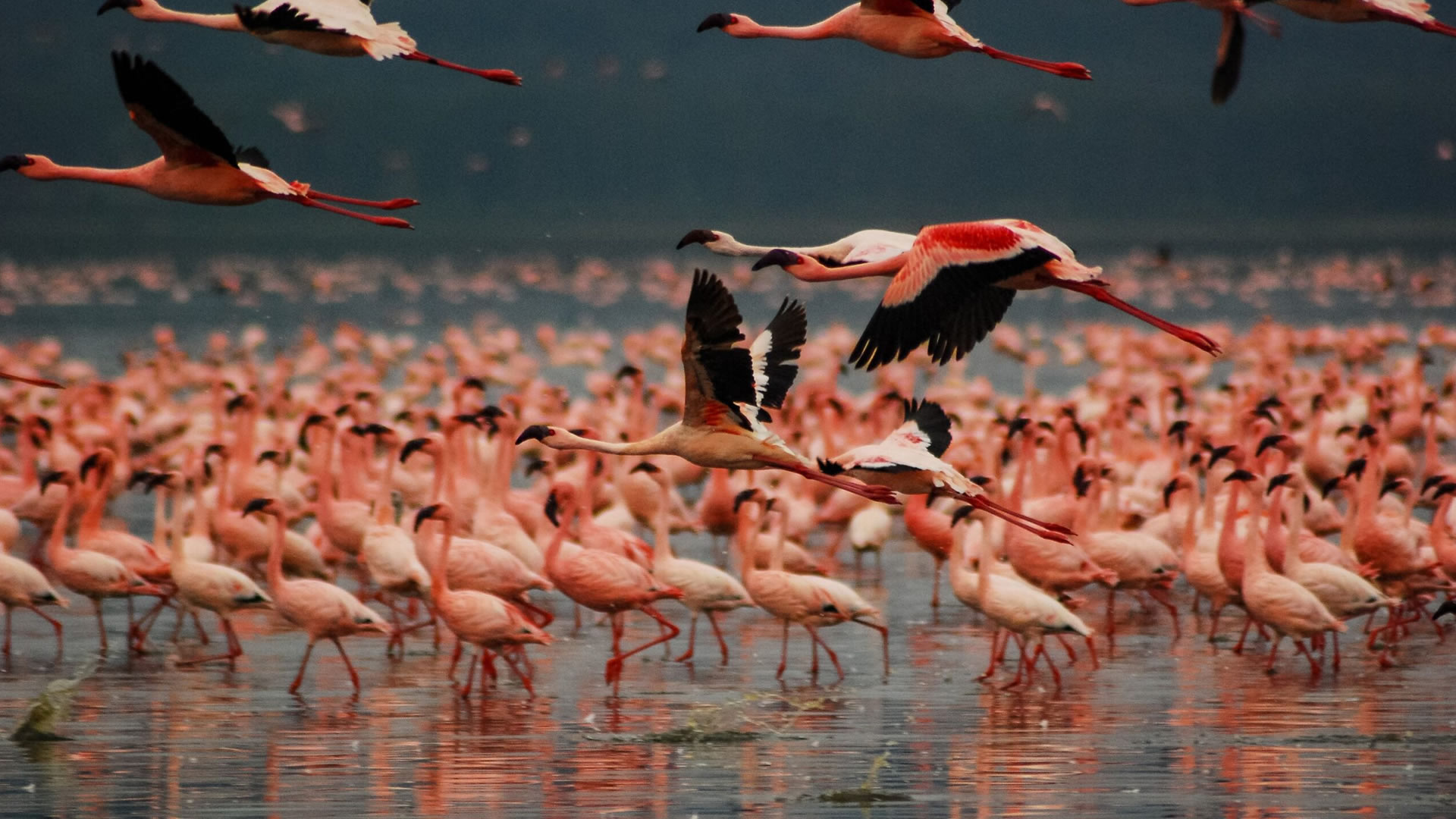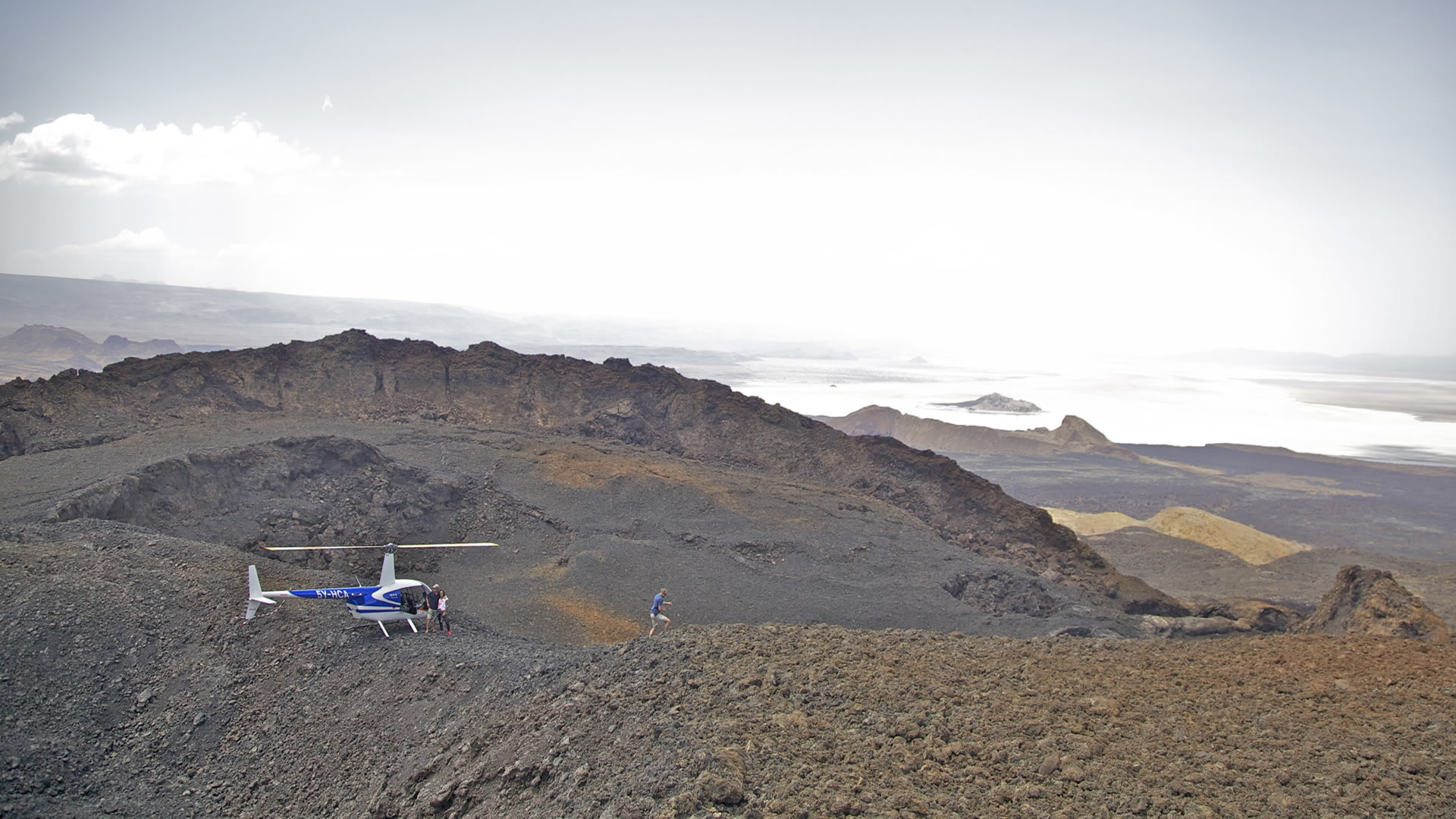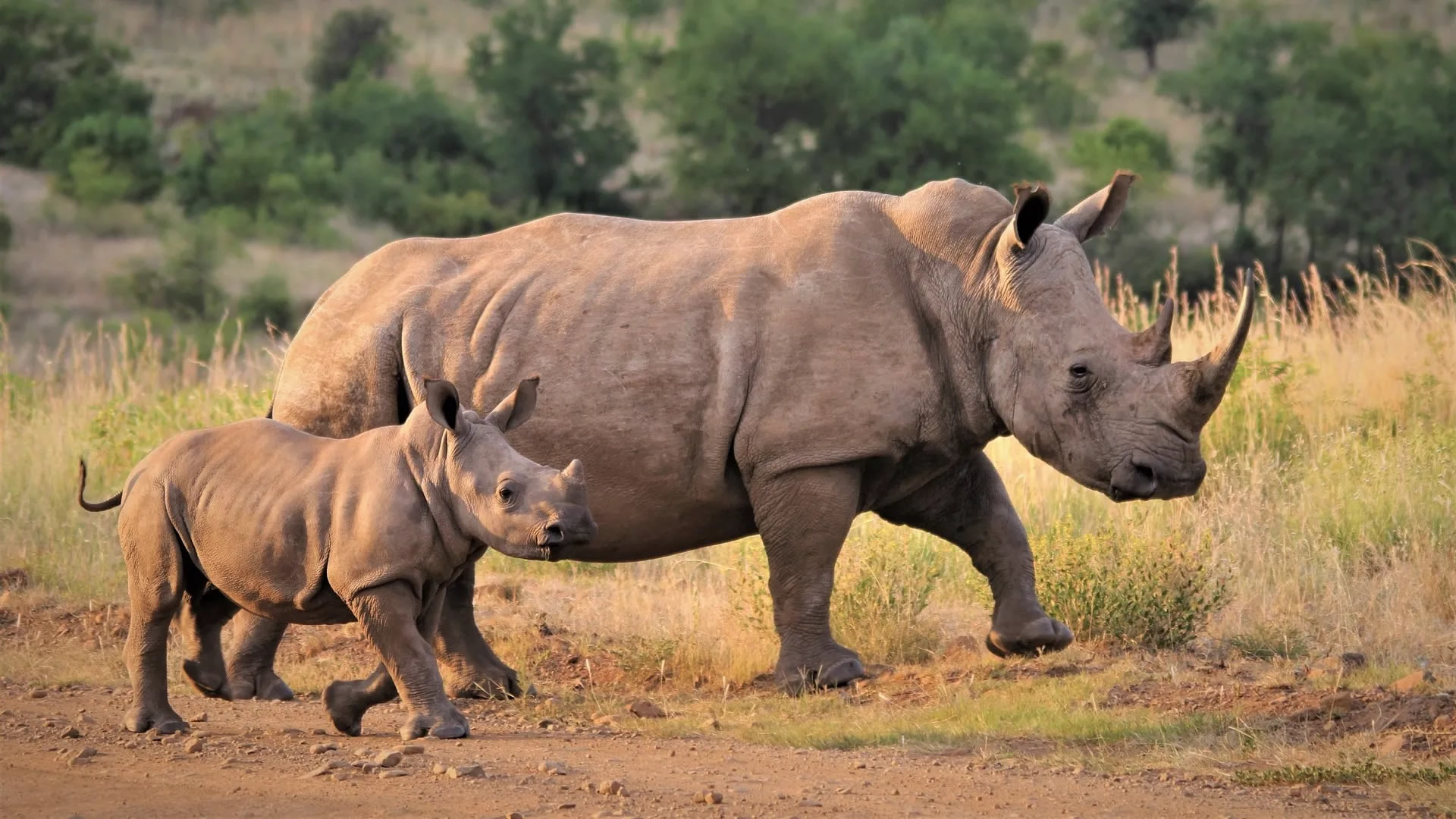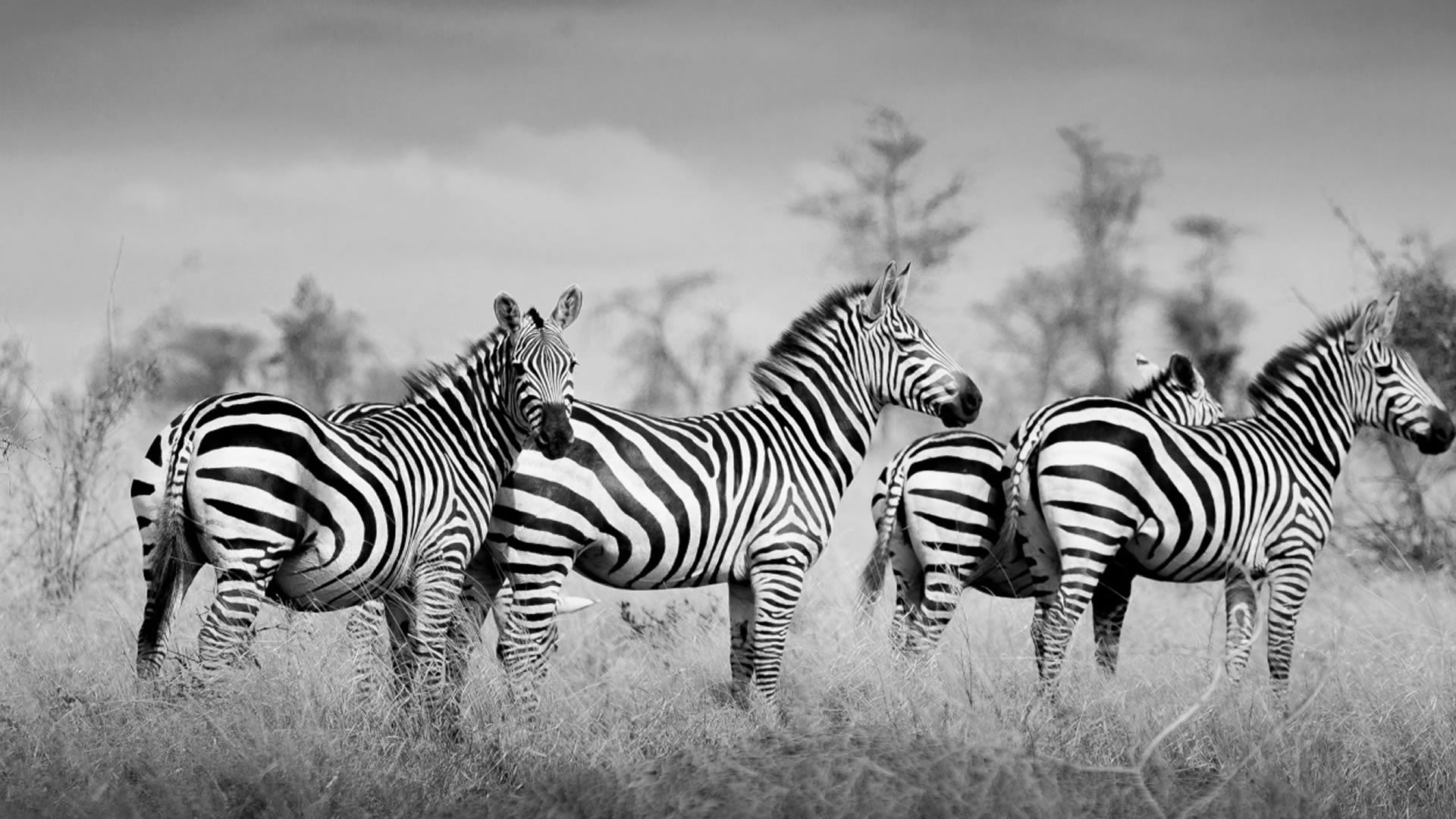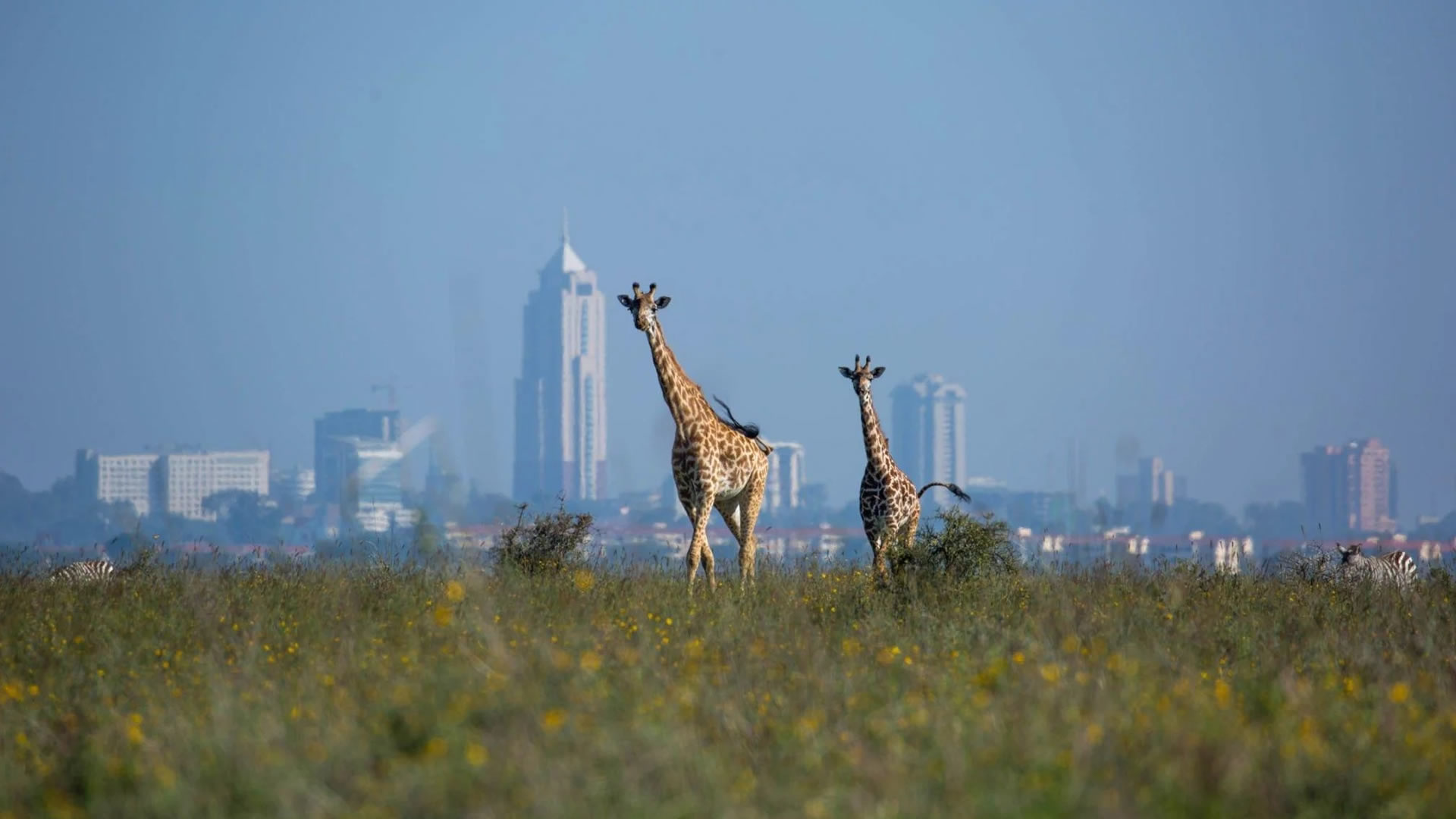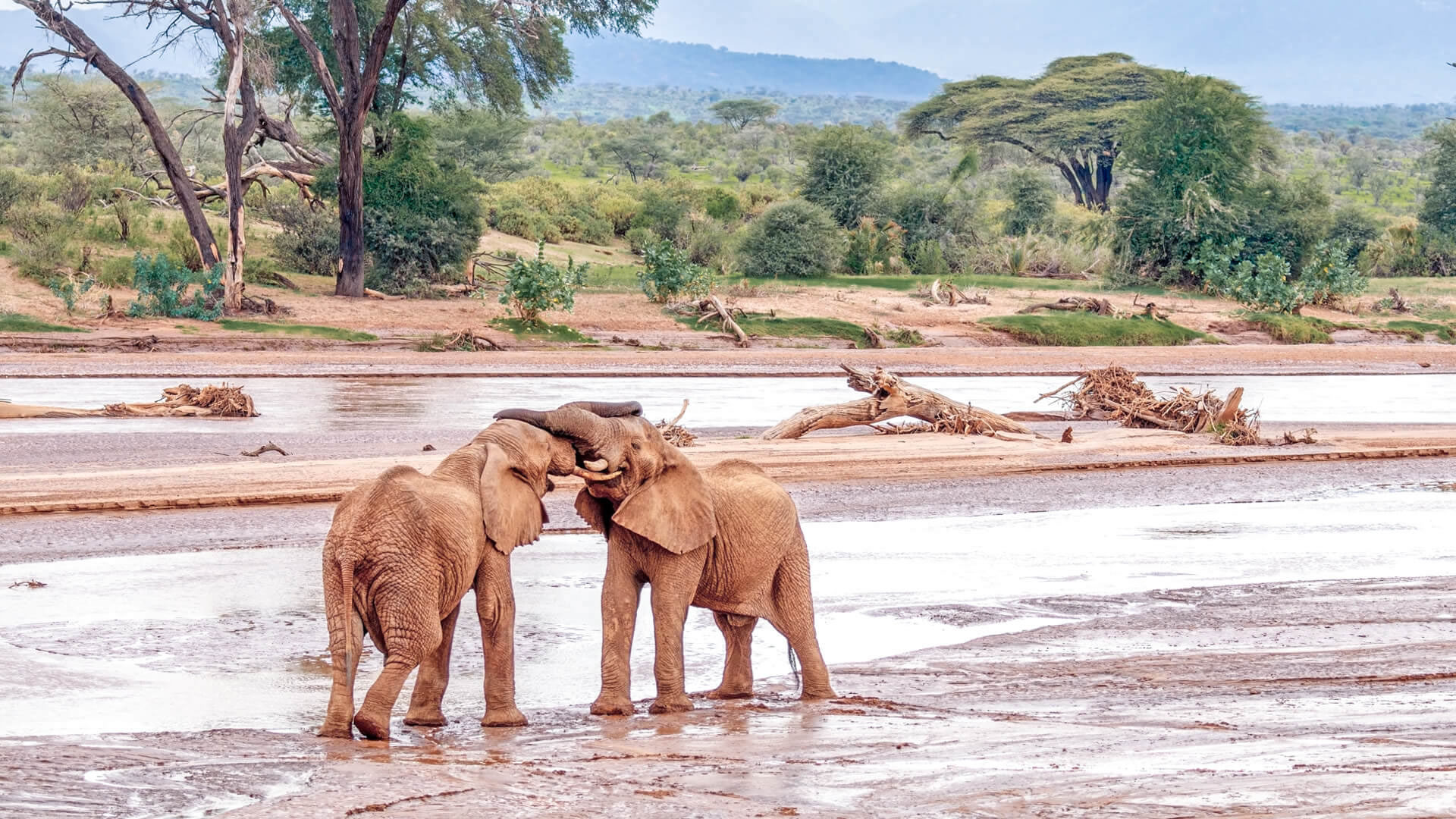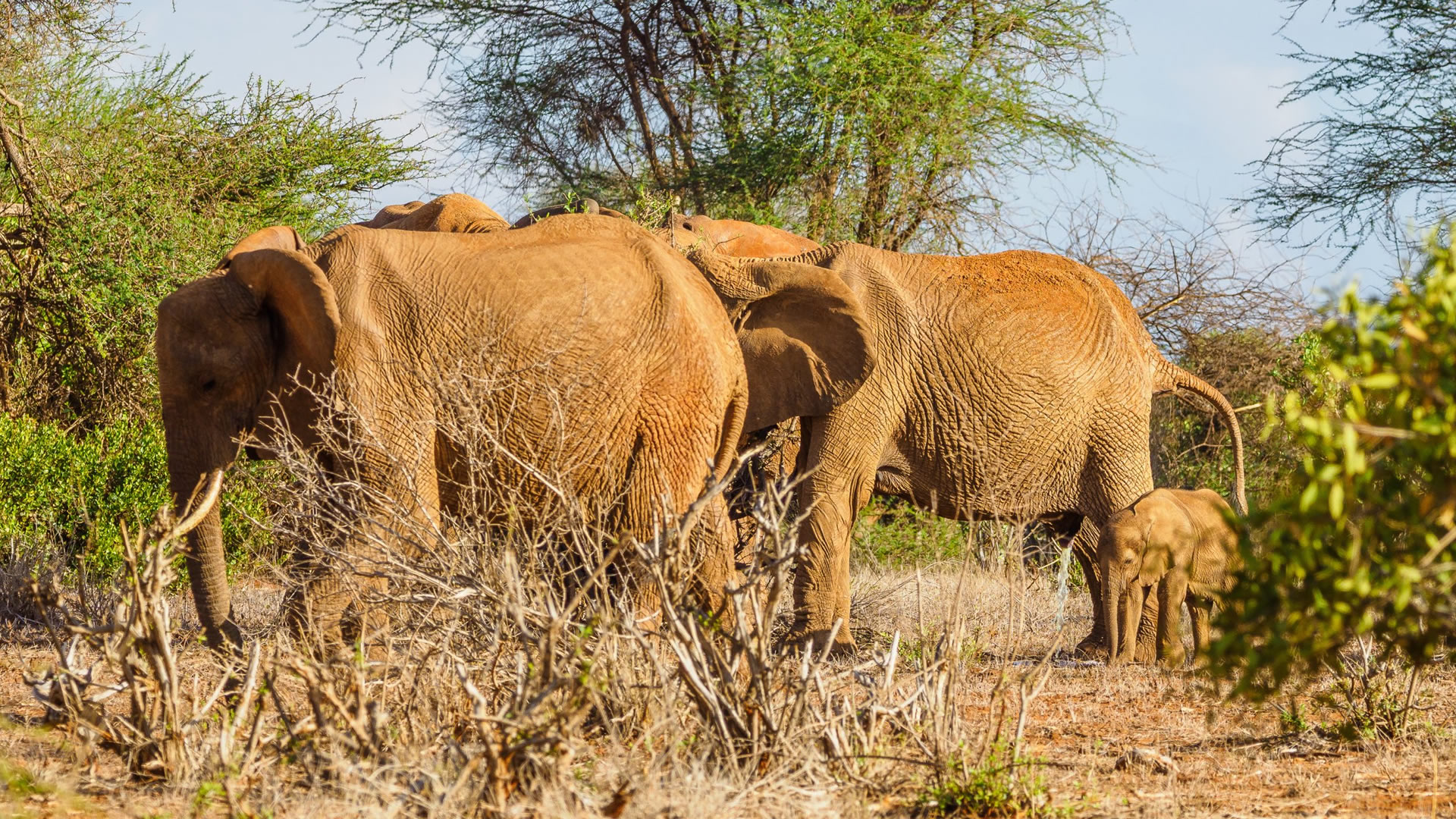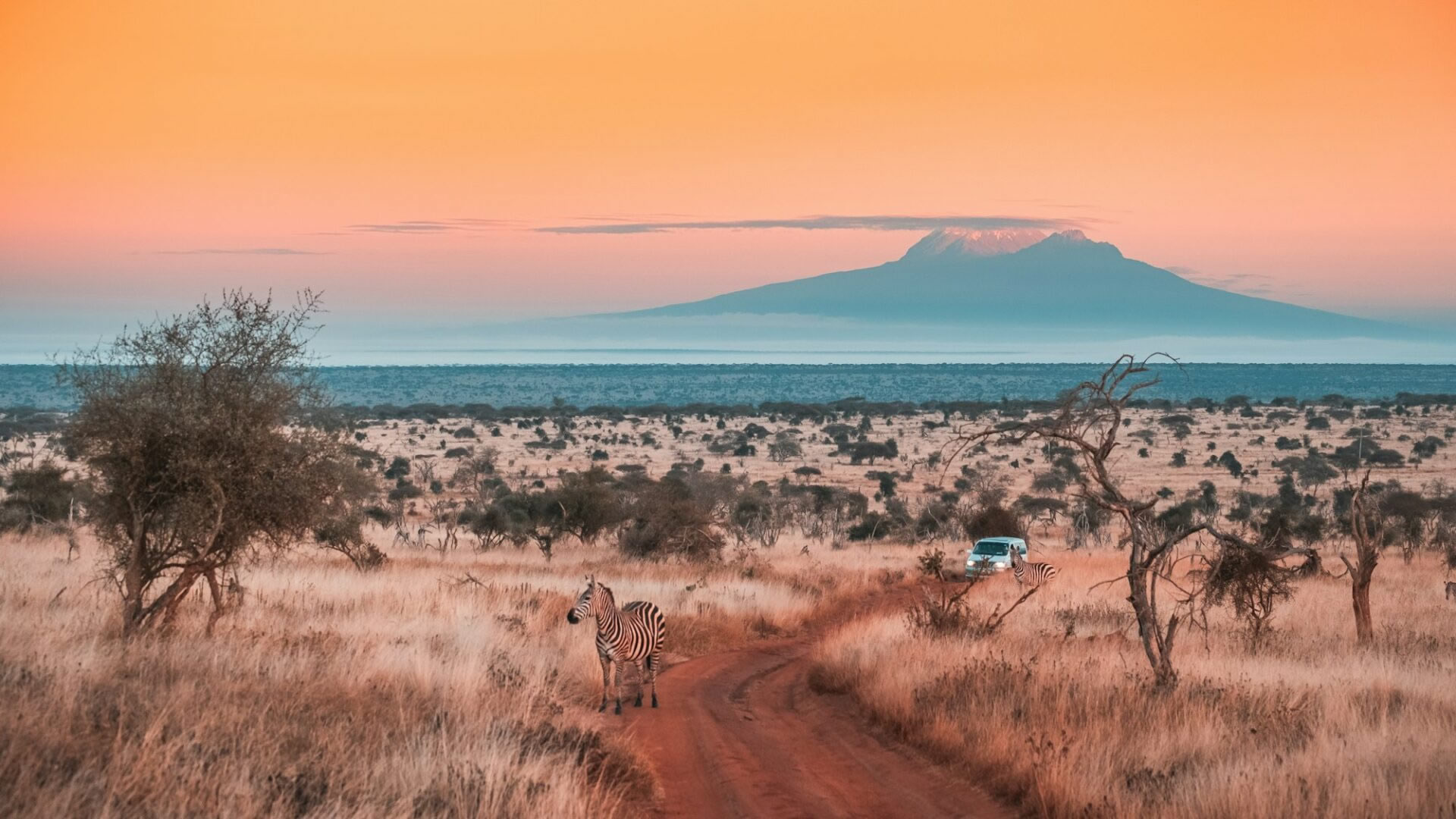
Tsavo West National Park
“ Land of Lava, Springs, Man-Eaters & Magical Sunsets"
Tsavo West National Park is known as the “ Land of Lava, Springs, Man-Eaters & Magical Sunsets. The park is famous for man-eating lions that killed hundreds of people while building Kenyan Ugandan Railways during the colonial era.”The park covers 9,065 sq km (3,500 square miles), Making it smaller than its sister park (Tsavo East National Park). Tsavo East is more popular because of its breathtaking landscape. The park is named Tsavo after the famous Tsavo River, which drains the park. Tsavo West is a magnificent and more scenic park than its sisters. Tsavo East is a rugged park with savanna ecosystems, including scrublands, acacia woodlands, grasslands, rocky ridges, and belts of riverine Mzima springs and Shetani lava flows. The park offers some of the most thrilling game drives due to the abundant wildlife, including the famous Big 5(Elephant, Rhinos, Buffalo, Lion & Leopard). If you enjoy birdwatching, there is plenty to be excited for as Tsavo East National Parks attract over 500 species of birds. Birding in the park is a thrilling safari activity that many tourists appreciate.
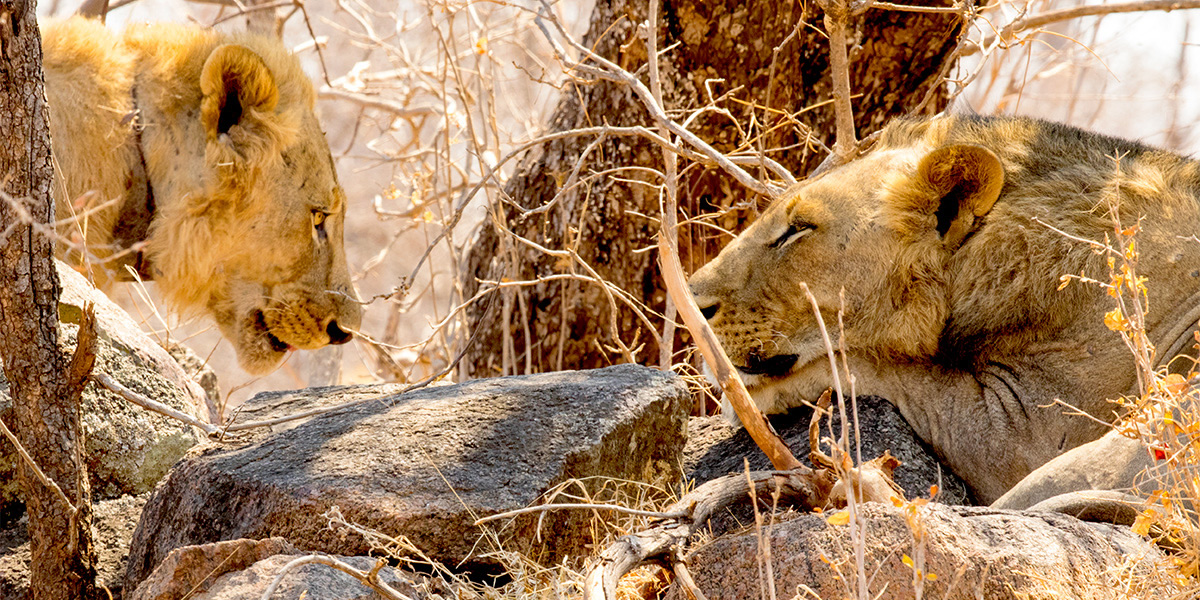
The Tsavo West National Park Highlight:
Man Eaters of Tsavo - Many construction workers on the Kenya-Uganda Railway perished at the hands of a pair of man-eating male lions known as the Tsavo Man-Eaters, who lived in the Tsavo region of Kenya between March and December 1898. 28 people were allegedly killed by the lion couple.
Experience the Tsavo West National Park
Tsavo West National Park has a rugged, arid beauty, with varied landscapes of dense woodlands, rocky outcrops, and volcanic hills and lava flows. The jagged Ngulia Hills run like a spine through the park. Underpinning everything here is the park’s black volcanic soil and Tsavo’s famous red dust. A small number of rivers (most seasonal, some year-round) meander through the park, but Mzima Springs is like a verdant oasis.
Tsavo West National Park is a real wilderness destination. All of the Big Five are present, and good lion, leopard and elephant sightings are possible. Elephant herds can be found gathered at the waterholes. However, wildlife densities are lower than in some of the more popular parks in Kenya. There is a good variety of animals though with many dry-country specials, including the shy lesser kudu and the rare fringe-eared oryx.
Best time to visit: Tsavo West National Park
Wildlife Experience
Tsavo West National Park has an abundance of wildlife. During your adventure, you will see and take pictures of your favourite animals as they roam freely in their natural environment. Some of the animals you will expect to see are the “Big Five” (Elephants, Rhinos, Buffalos, Lions and Leopards) other include Giraffes, Zebras, Wildebeests, Wildogs, Gazelles, Kudus, Oryx, Eland, Crocodiles, Hippos, Bush Buck, Bush Baby, Caracal, African Civet, Dik-Dik, Bat-Eared-Fox, Gerenuk, SpringHare, Mongoose, Vervet Monkey, Syke’s Monkey, Baboons and many others.
Birdlife
If you enjoy birdwatching, there is plenty to be excited for as Tsavo West National Parks attracts over 500 species of birds. Birding in the park is a thrilling safari activity many tourists appreciate. 400 bird species constitute the resident birds, while the other 100 are migratory birds. Migratory birds are present for only 2-3 months before they leave for different parts. Rainy seasons, March to May and November, are the best times for birding because they are the breeding season and time for migrant birds to flock to the park.
Birds in Tsavo West national Park: They include the martial eagle, African finfoot, parrot, secretary bird, Somali ostrich, golden-breasted starling, little egret, hamerkop, Masai ostrich, black-faced sandgrouse, love birds, vultures, Savi's warbler, ortolan bunting, Isabelline shrike, house sparrow, house crow, golden pipit, papyrus gonolek, red-bellied parrot, vulturine guineafowl, Taita fiscal, little egret, slender tailed night jar, common bulbul, martial eagle, Rufous chatterer, and many more.
Best time to visit
The dry months of June to October and January to mid-March are the best times to visit Tsavo West National Park. Mid-March to May and November are rainy months in Tsavo West National Park. You can still visit the park during these times.Tsavo West National Park is best visited in the dry months from June to October and January to February. Although the park can be visited at any time of year, during the peaks of the Wet season (April and November) animals tend to spread out due to the abundance of water and food, and the vegetation can be quite dense.
Getting There?
By Air: Fly-in Safaris are accessed through the following airstrips: Ziwani, Kamboyo, Kilaguni, Jipe, Finchhattons and Maktau. The flight time is approximately 1 hour from Wilson Airport in Nairobi.
By Road: The drive from Nairobi to the parks gate Chyulu gate and Ziwani Gate is approximately 240km South of Nairobi. Tsavo West park is located an estimated 250km north of Mombasa on the main Nairobi-Mombasa road and the journey takes approximately 4-6 hours by road.


